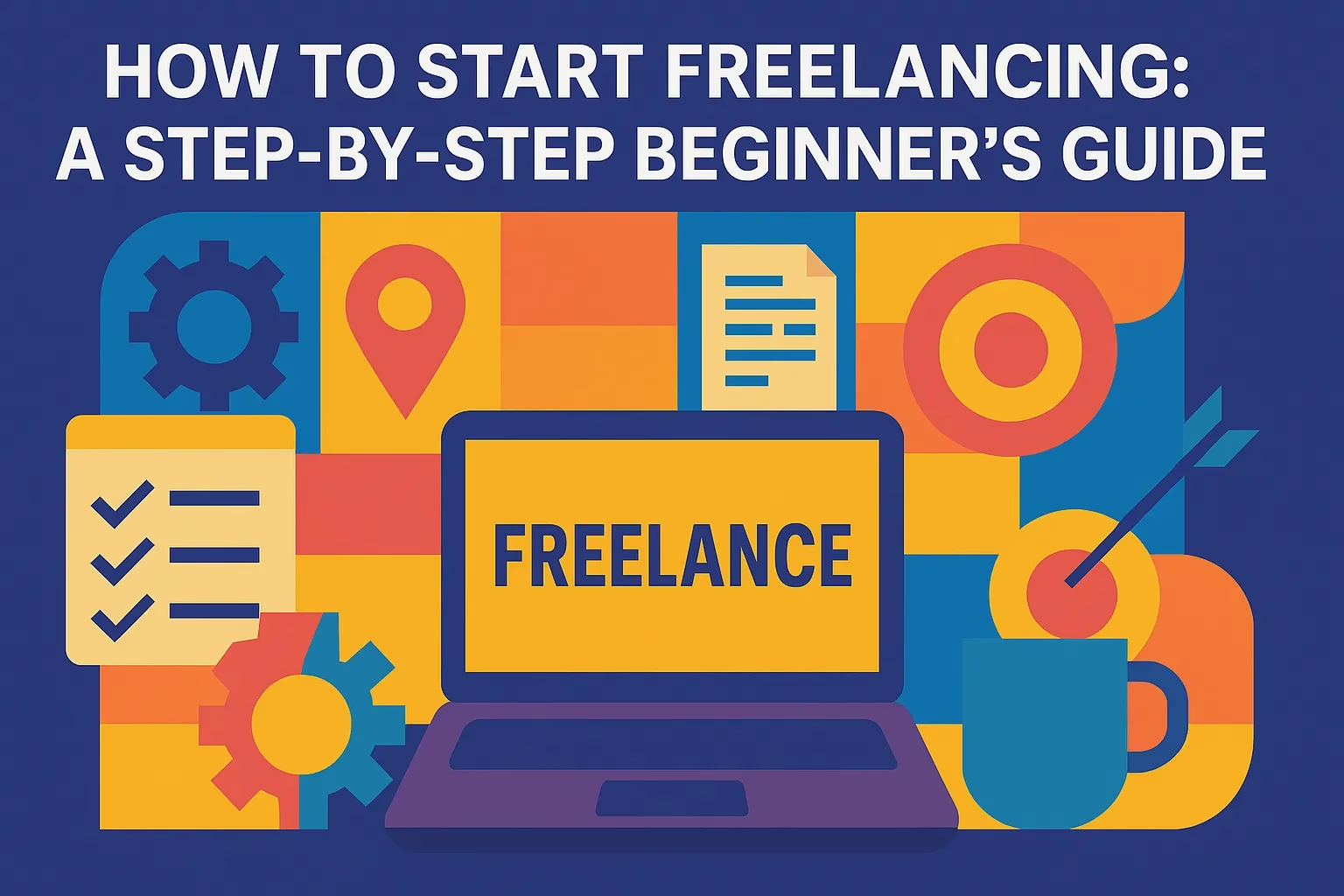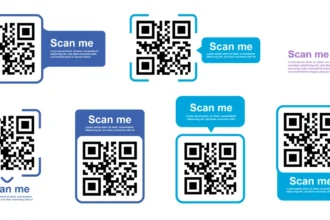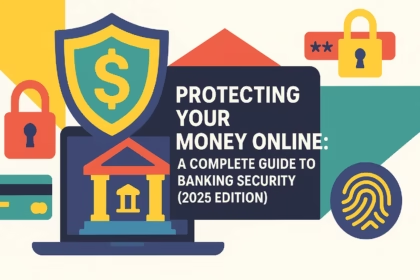Welcome to our Freelancing Series!
Freelancing is one of the most exciting ways to take charge of your career and work on your own terms. Whether you want extra income, more flexibility, or to turn a passion into a paycheck, freelancing can be a game-changer. But where do you begin? If you’re new to freelancing, the start can feel overwhelming—that’s why we’re launching this step-by-step series to guide you every step of the way.
This first article covers the essential steps to start freelancing confidently. Stay tuned for the second article, where we’ll dive into building your personal brand and marketing yourself like a pro!
Step 1: Identify Your Skills and Services
Begin with a simple question: What are you really good at? What do you enjoy doing? These answers will help you decide what freelance services you can offer. Popular freelance skills include:
- Writing and editing
- Graphic or web design
- Programming and web development
- Social media management
- Consulting and marketing
- Translation, photography, video editing, and more
Focus on skills you feel ready to sell and improve them as you go.
Step 2: Pick a Niche to Stand Out
Specializing in a niche can make it easier to attract clients and get noticed. For example, instead of saying you’re “a writer,” say you’re “a blog writer for tech startups” or “a graphic designer specializing in fashion brands.” Niches give you a clearer target and help you develop expertise.
Step 3: Build a Portfolio That Shows Your Strengths
Your portfolio is how you prove what you can do. If you’re just starting out, don’t worry! You can include:
- Personal or hobby projects
- Volunteer work
- Sample projects created specifically for your portfolio
Use platforms like Behance, LinkedIn, or even a personal website or blog to display your work.
Step 4: Create Freelance Profiles on Popular Platforms
Set up accounts on freelancing websites like Upwork, Fiverr, and Freelancer, or niche sites related to your skills. Make sure your profile:
- Describes your services clearly
- Highlights relevant experience or education
- Links to your portfolio
A strong profile attracts clients and builds credibility.
Step 5: Decide How Much to Charge
Pricing can be tricky, but it’s important to start somewhere. Look at what others charge in your field, and consider offering competitive rates while you build your reputation. Over time, you can raise your fees as your skills and client base grow.
Step 6: Start Applying for Jobs and Networking
Look for jobs that fit your skills and niche. Write personal, thoughtful proposals explaining how you can help solve the client’s problem. Also, use your own network—family, friends, social media—to spread the word about your freelance services.
Step 7: Deliver Quality Work and Build Relationships
When you land your first projects, focus on delivering your best work on time. Communicate clearly and professionally with clients. Positive experiences lead to repeat business and glowing reviews, which are crucial for your freelancing success.
Summary Table
| Step | What to Do | Why It Matters |
|---|---|---|
| Identify Skills | List your strengths and passions | Know what services to offer |
| Pick a Niche | Choose your target market | Stand out and attract clients |
| Build Portfolio | Showcase samples or volunteer work | Prove your abilities |
| Create Profiles | Join freelancing platforms | Connect with clients |
| Set Pricing | Research and price competitively | Attract clients and earn fairly |
| Apply & Network | Submit tailored proposals and spread word | Win projects and grow network |
| Deliver Work | Communicate well and meet deadlines | Build trust and reputation |
Final Thoughts
Starting a freelance career is all about taking small, consistent steps. Identify what you offer, create your space online, start applying, and deliver your best work. It takes patience, but the freedom and opportunities make it worth it.
Stay tuned! Our next article in the series will guide you through building a personal brand and marketing yourself effectively as a freelancer. Don’t miss out!





















